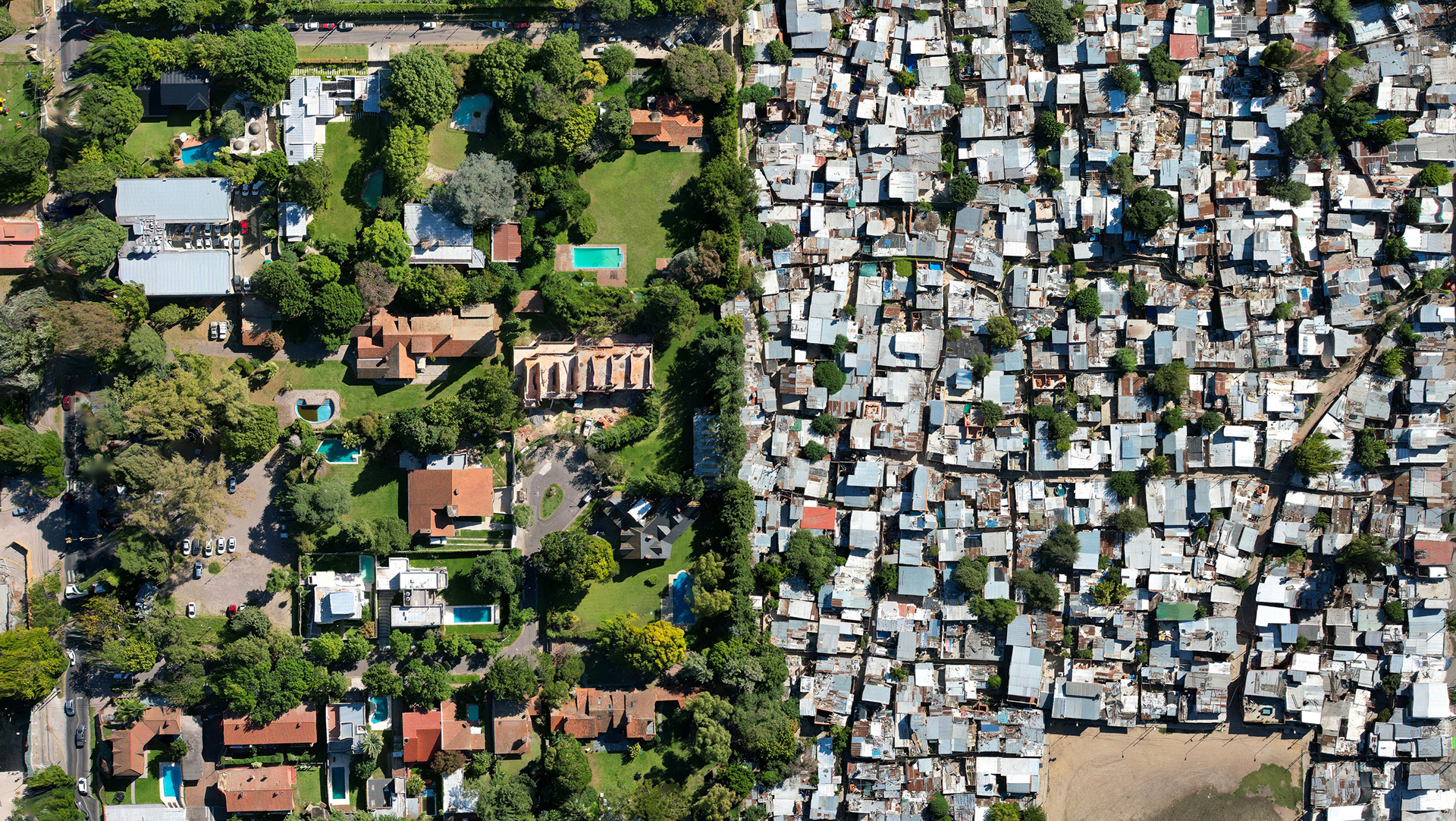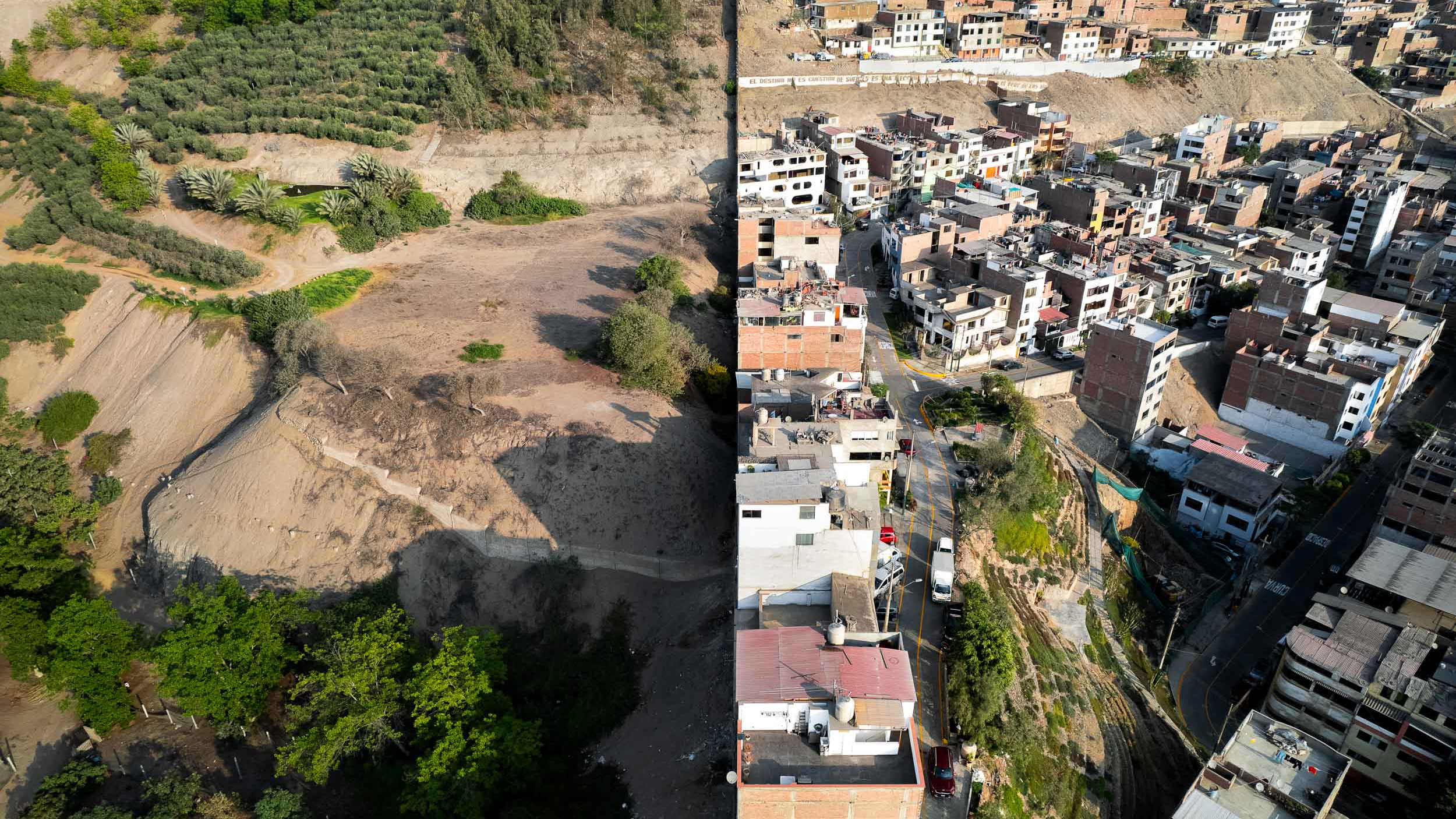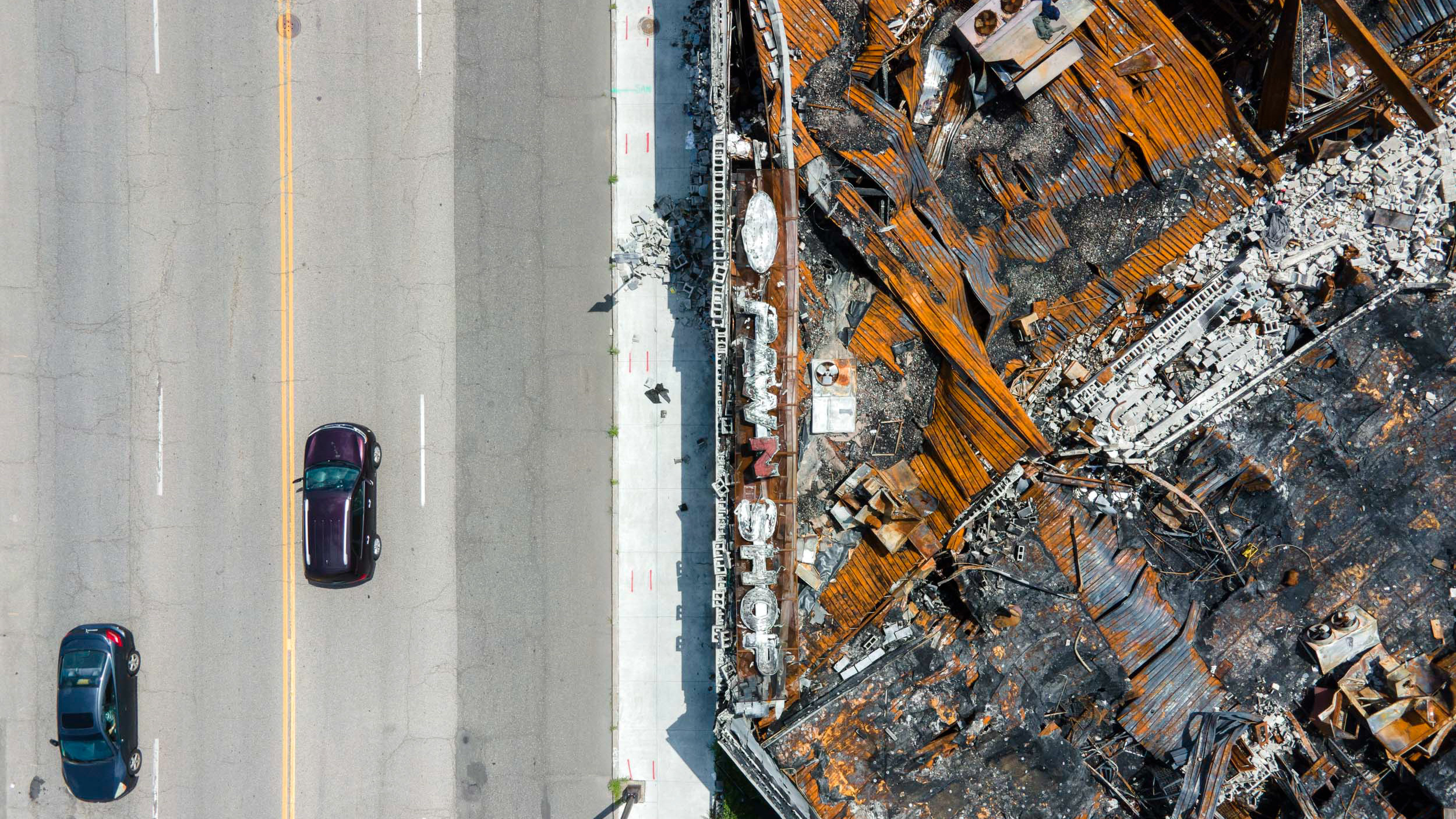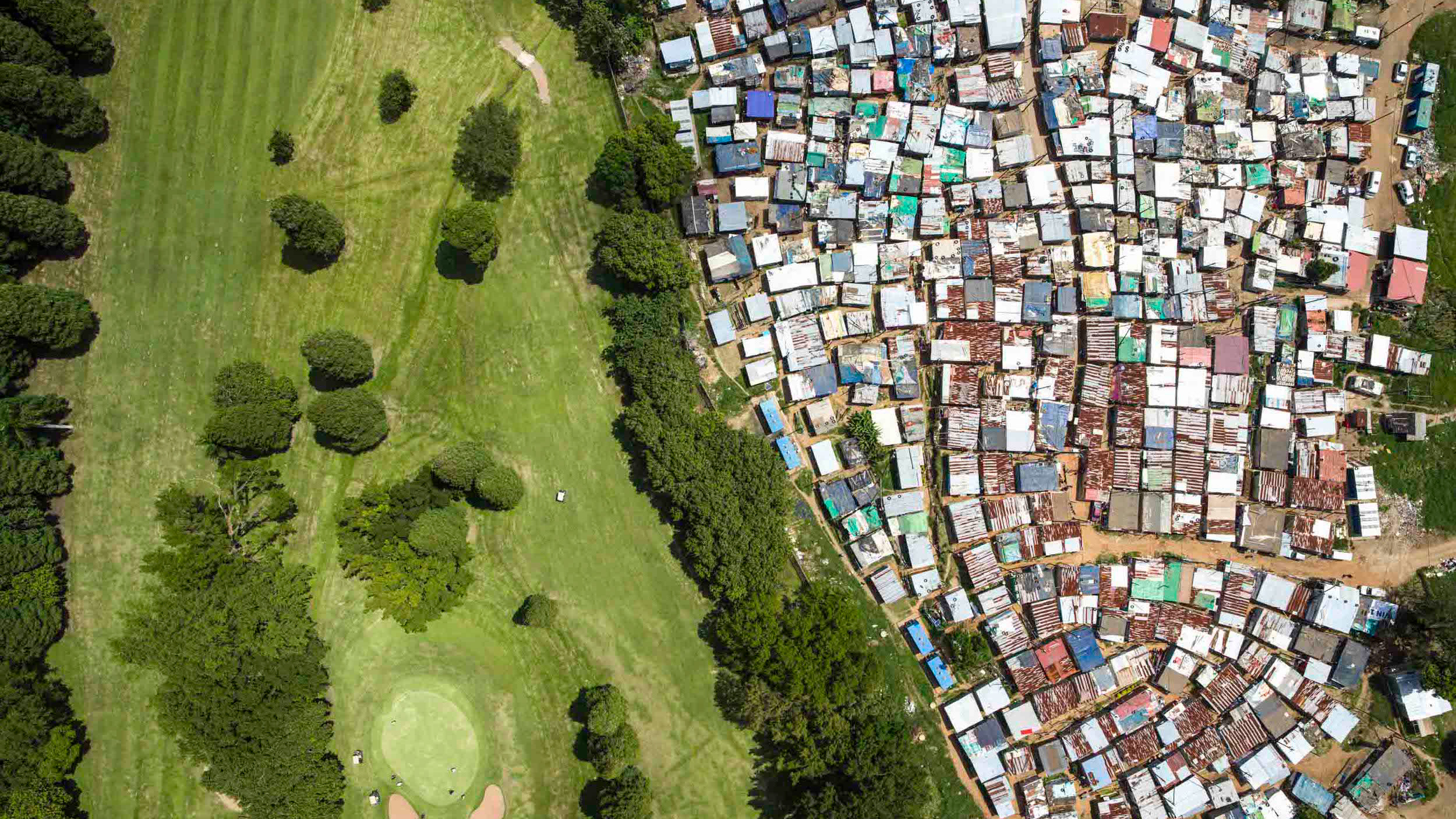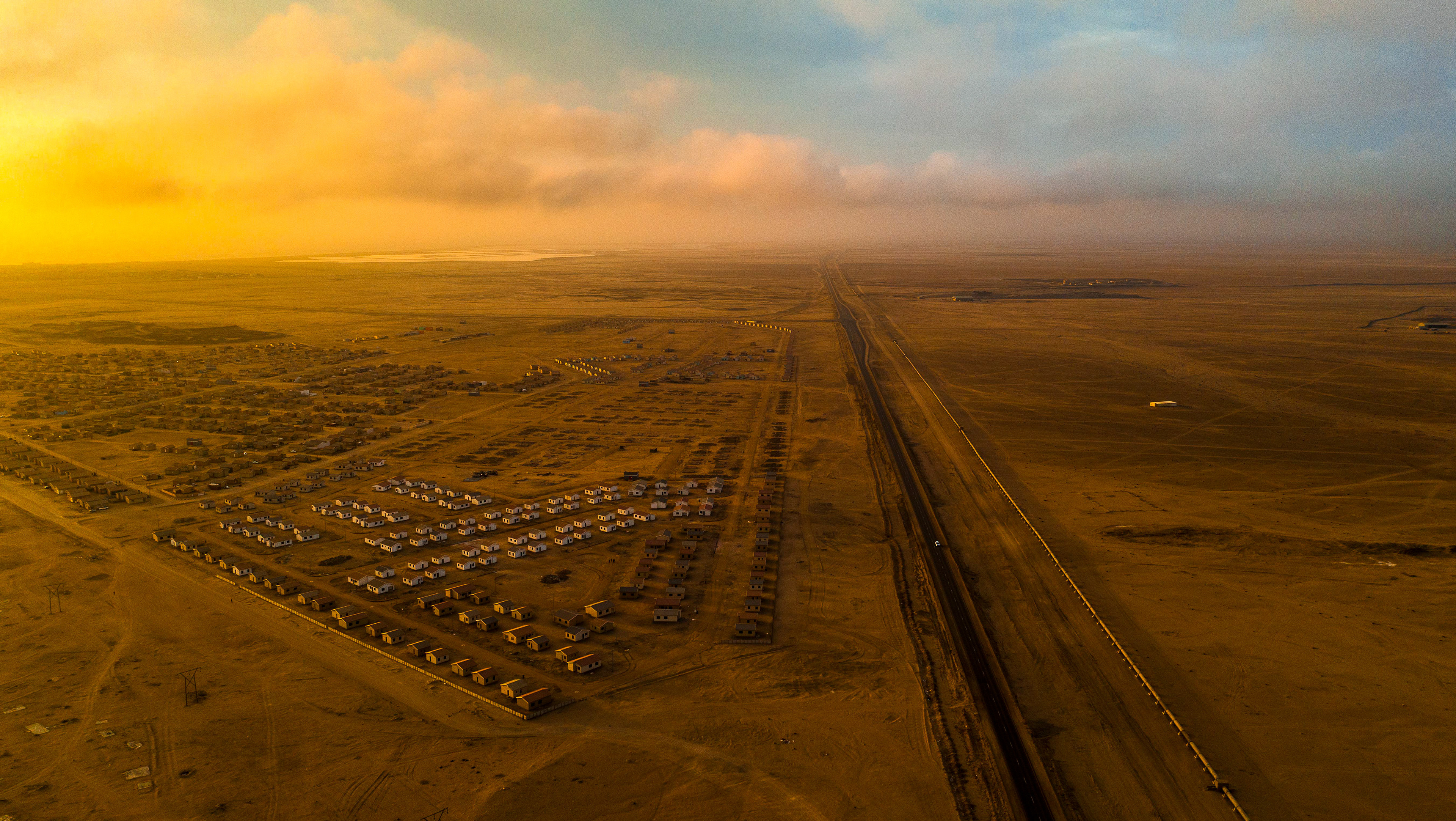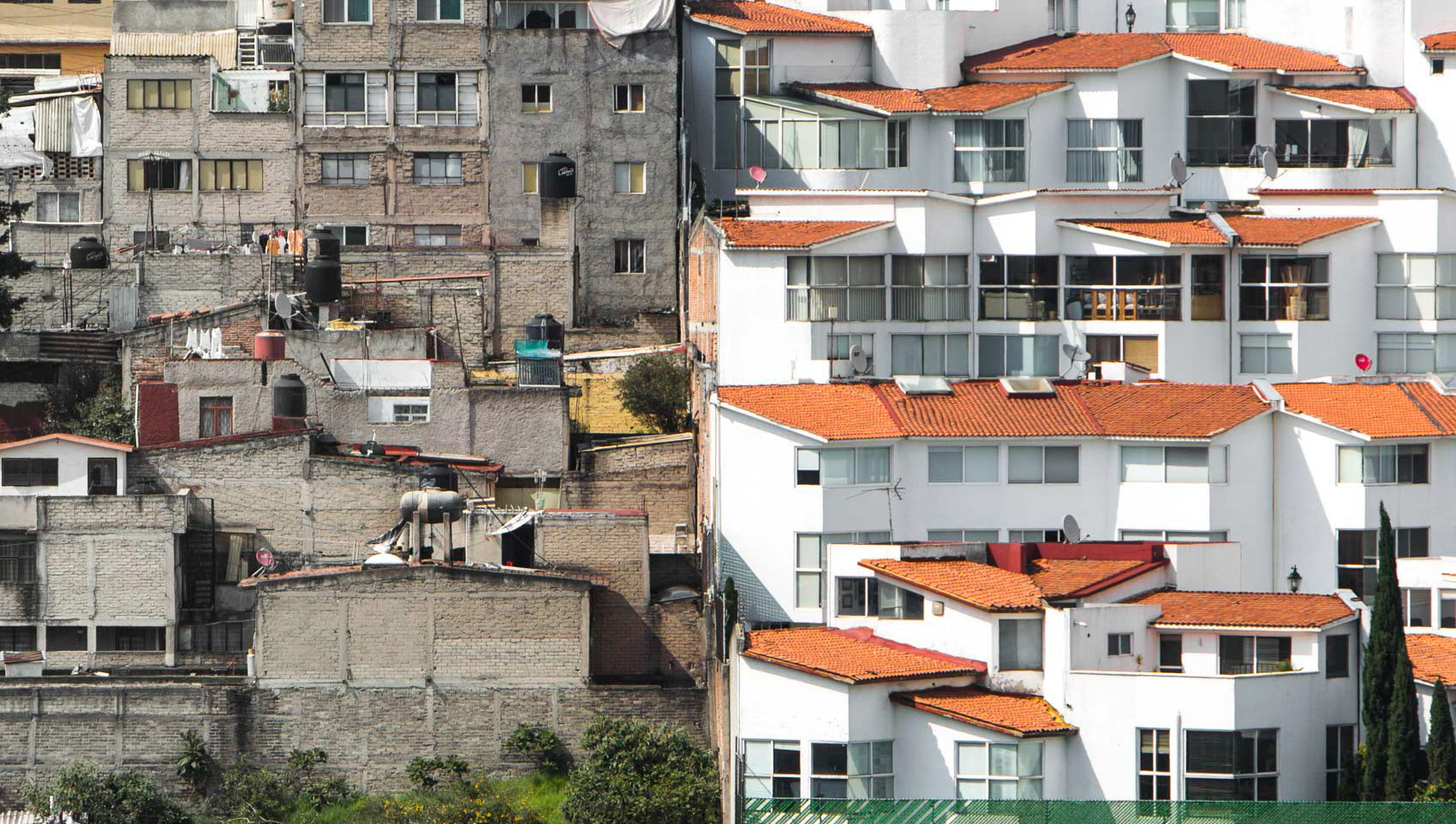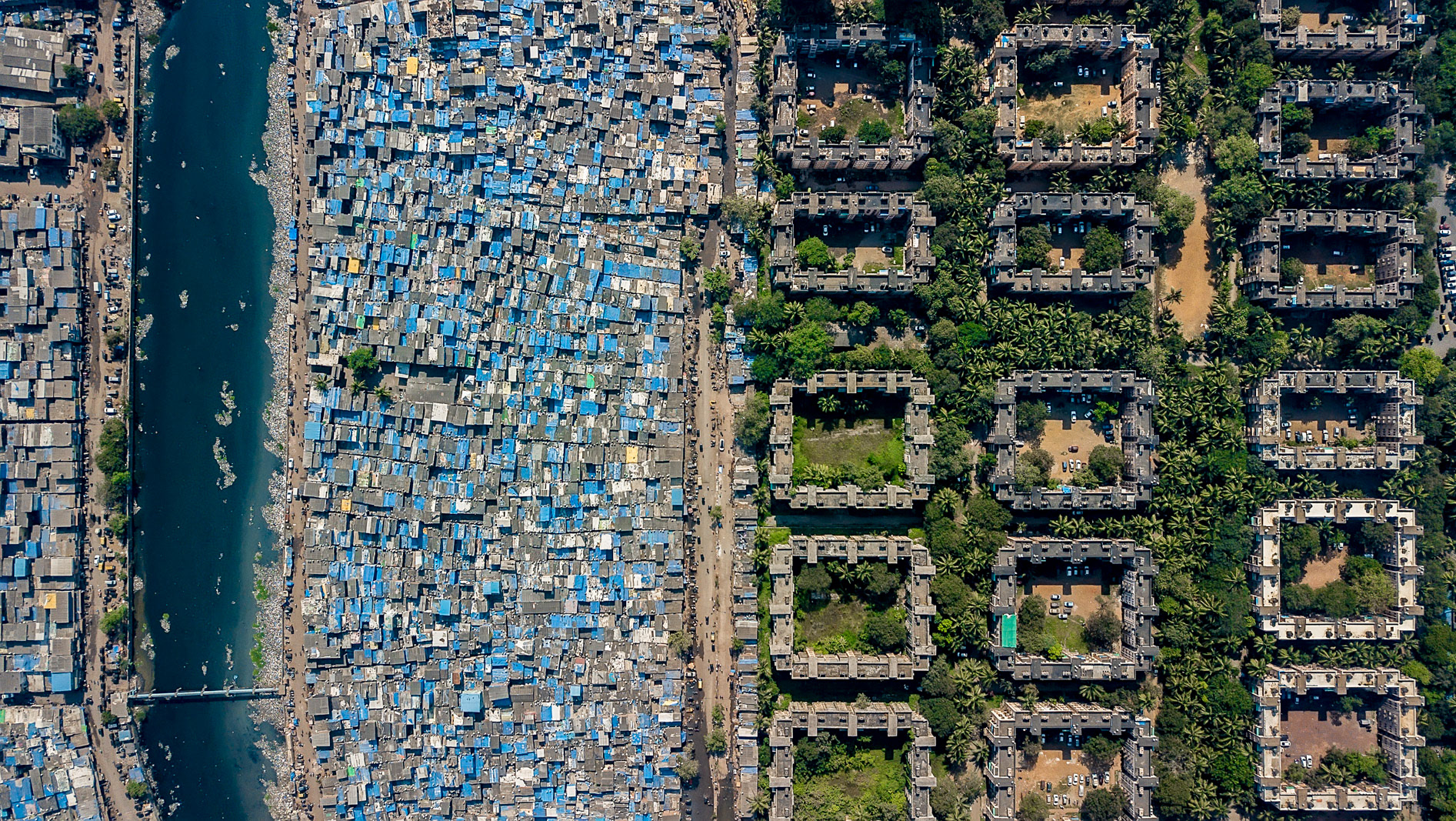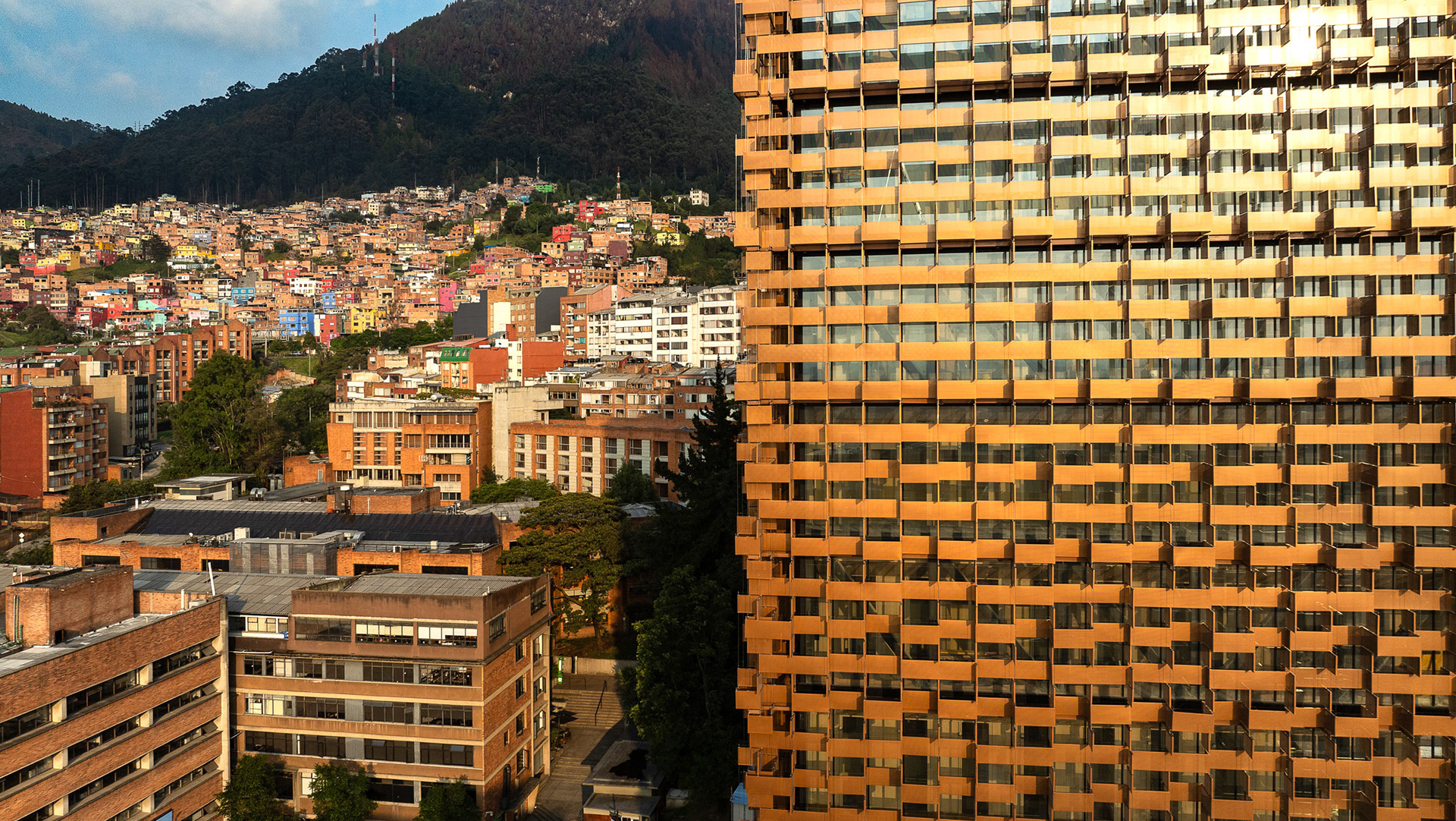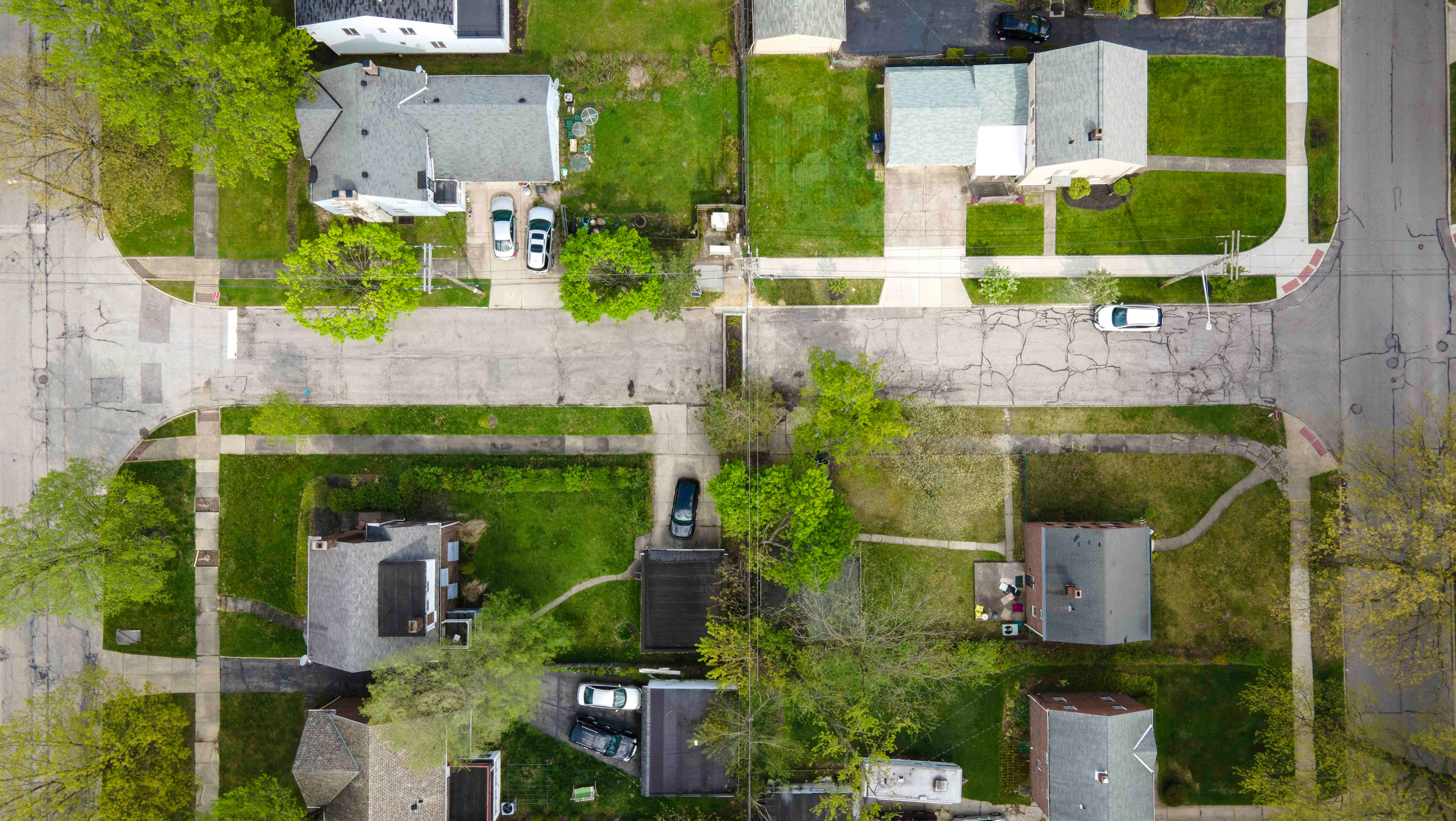Msasani and Masaki exist side by side, along old colonial boundaries for European settlement in Dar es Salaam.
The old colonial border in Oyster Bay, Dar es Salaam - Msasani and Masaki.
The beachfront in Nungwi, on the northern tip of Zanzibar island, is colonized with expensive multinational hotel chains which cater to the super-rich and can cost upwards of $7,000 per night. The strain that this puts on the service delivery system in this region (for electricity and water) is massive. Researchers found that, on average, tourists were using 16 times more fresh water a day per head than locals: 93.2 litres of water per day, whereas in the five-star hotels the average daily consumption per room was 3,195 litres.
Kunduchi Wet-n-Wild water park, near Dar es Salaam.
Downtown Dar es Salaam.
Jingwani River vallery, Dar es Salaam.
Flood damage in the Jingwani River vallery, Dar es Salaam.
Abandoned homes in the Jingwani River vallery, Dar es Salaam.
This hotel in Nungwi, Zanzibar offers rooms starting at $480 per night.
Nungwi, Zanzibar.
Mikocheni, Dar es Salaam.
Mikocheni, Dar es Salaam.
Another view of Msasani and Masaki, Dar es Salaam.

